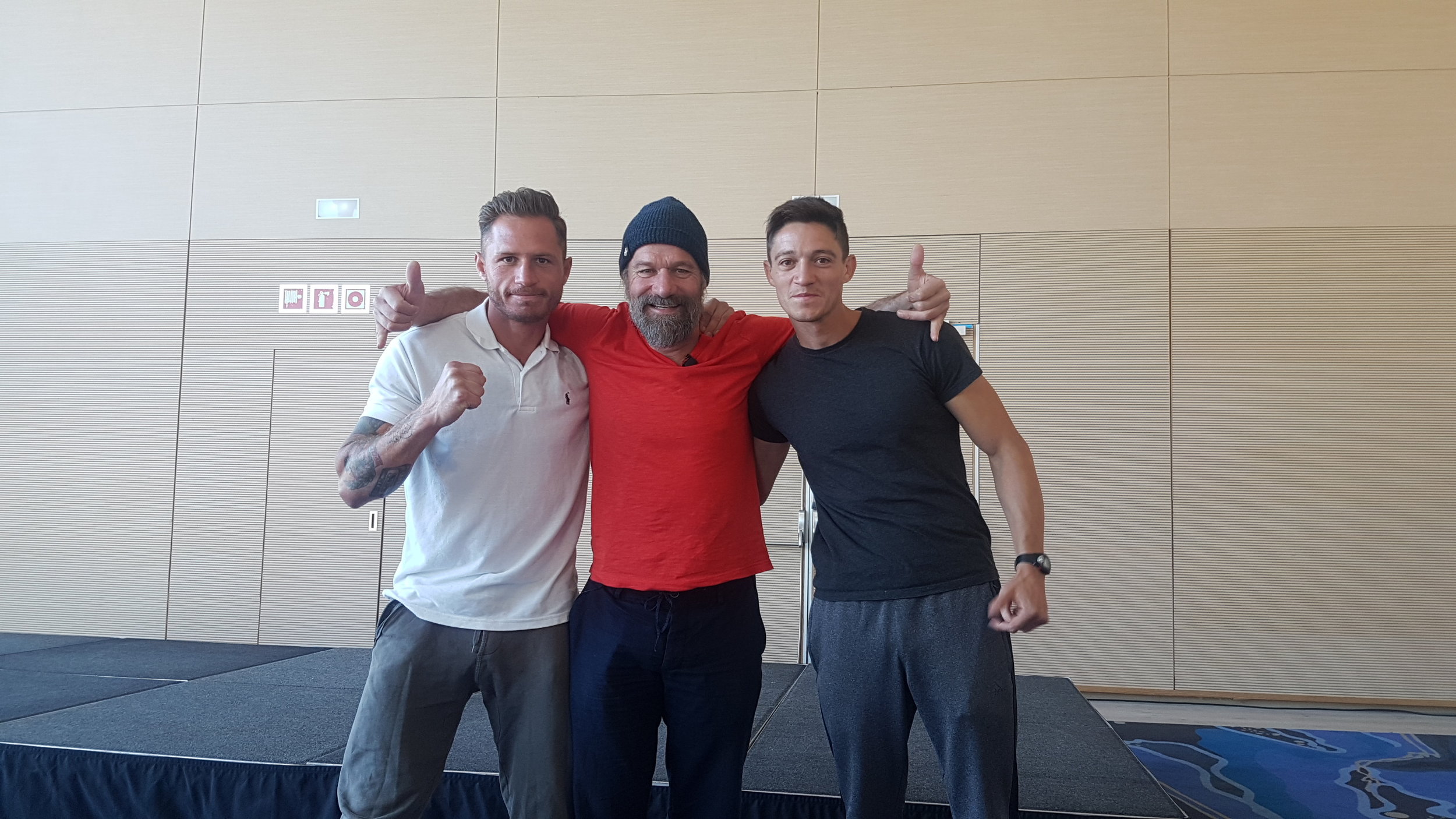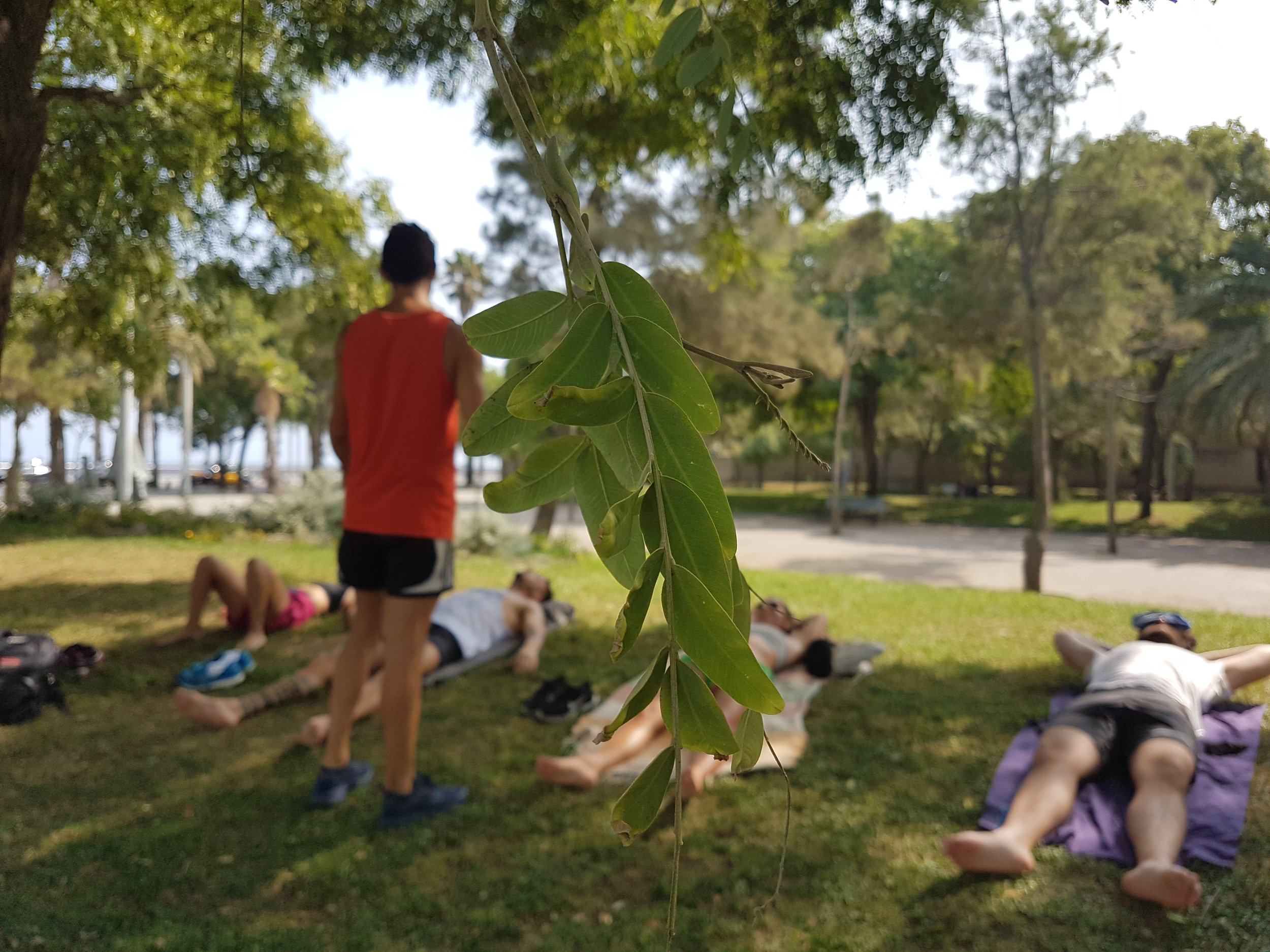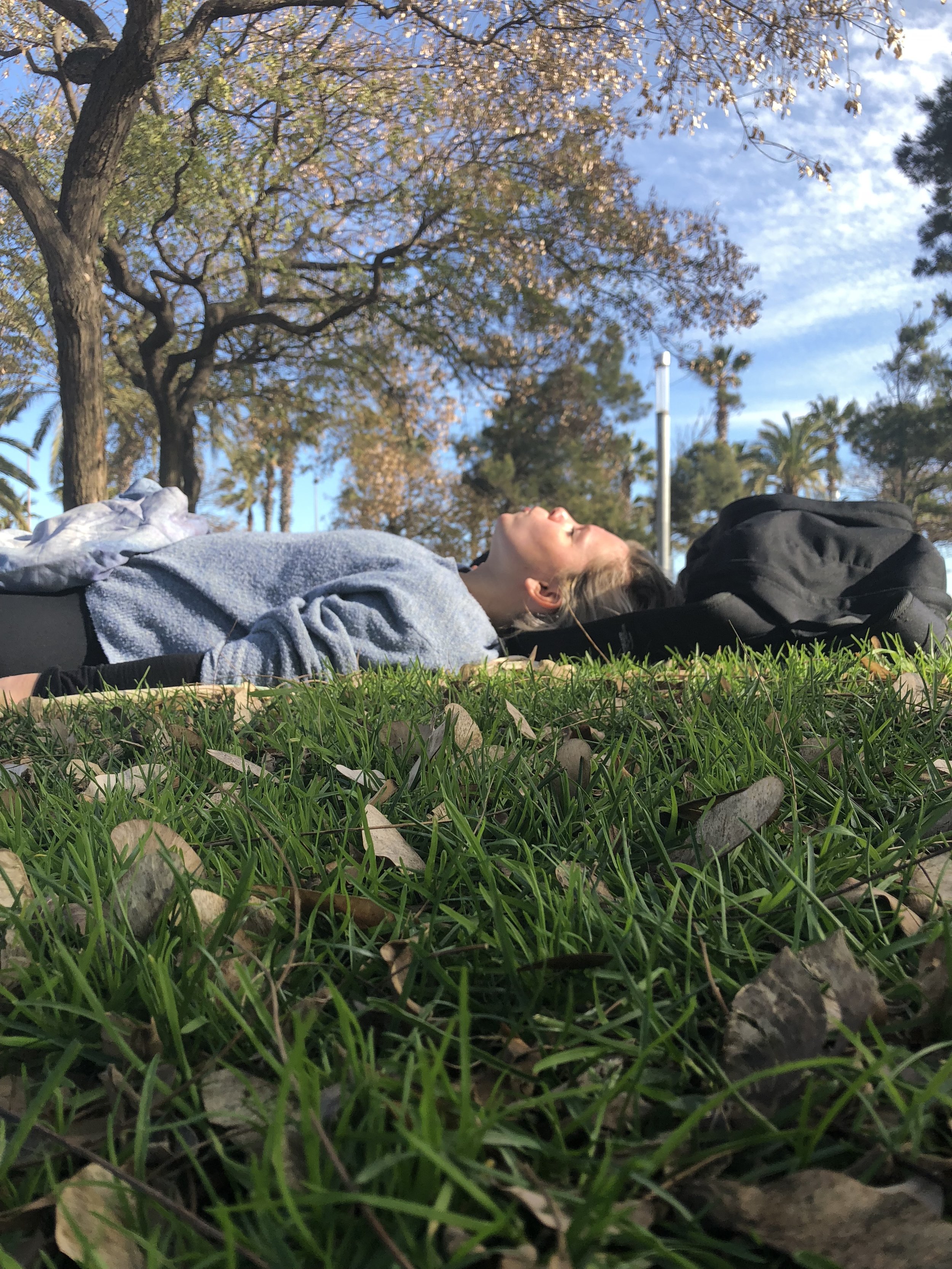The Science behind the Breathing
Maybe you are wondering why we all lie down, close our eyes and breathe intensely at the end of each class? This article is to inform you somewhat to the science behind the Wim Hof breathing exercises we do and why that tingling feeling could set you free.
Wim Hof is our reference point and a big part of Everest’s method. The Dutchman is the holder of 20 Guinness World Records for withstanding extreme temperatures. He has climbed Everest and Kilimanjaro in only shorts and shoes, stayed comfortably in ice baths for hours, and run a full marathon in the highest desert (50 degrees celsius, 122 Fahrenheit) with no water or food.
Wim is able to accomplish these feats through using ‘The Wim Hof Method‘ (WHM). A third of this being a breathing technique that allows you to control the autonomous systems of the body. Yes, control the parts your not suposed to be able to…
In 2011, at the Radboud University Medical Center in Nijmegen several researchers found something previously thought of as impossible... Wim Hof had conscious control over his immune system. This set the fire for him to spread his message and for more studies to commence.
The most important scientific result for Hof came in 2014 with the publication of Voluntary activation of the sympathetic nervous system and attenuation of the innate immune response in humans, Kox, Pickkers et al. (PNAS, 2014). In this research twelve healthy volunteers were trained in the Wim Hof Method and twelve others were not. They all got an injection with an endotoxin from the Escherichia coli bacteria. Normally the body reacts terribly to this, however the trained volunteers were able to keep the body’s reaction at a far lower level than their untrained counterparts. Kox and Pickkers concluded that the breathing technique was responsible for this.
Breathing is the ultimate life source. Every day, we inhale and exhale on average 20.000 times to make sure we absorb sufficient oxygen. Oxygen goes in through our lungs, whereas carbon dioxide (although necessary), flows out.
The amount of oxygen that we inhale through our breathing influences the amount of energy that is released into our body cells. Breathing is the easiest and most instrumental part of the autonomic nervous system to control and navigate. In fact, the way you breathe strongly affects the chemical and physiological activities in your body. Also the breath is closely tied to meditation or intention which is one of the three pillars of Wim’s method.
The breathing and meditation Wim uses are based on Tibetan Tummo techniques. The lungs are the diffusion surface where exchange between O2 and CO2 takes place. When you breathe calmly, this can stretch up to 70 m2, yet when you inhale deeply this can expand to 100 m2 (Mandigers & Van Straaten-Huygen, 2004).
The WHM breathing technique is designed as such that anyone can reach the largest surface possible. By practicing the breathing technique, you will influence the ratio between O2 and CO2 in the blood. Based on scientific research (Kox et al., 2012), Wim Hof’s blood levels indicated, after 30 minutes of implementing the breathing technique, a significantly low dose of CO2. After an hour, the CO2-levels were even lower. On top of this, the amount of O2- consumption had doubled after 45 minutes.
This has an effect on the acid/alkaline mix in the blood, referred to as PH. Due to the WHM of breathing the blood goes from acidic to alkaline. Normally, on average the pH-value is 7.4. By exerting the breathing techniques, this becomes significantly higher. Changes from a normal range of 7.4 PH to an alkaline 7.8 ph have been recorded and published in scientific journals. This is a huge change in biological terms.
Extra circulation of highly oxygenated and therefore alkaline blood goes deep into your cells, regulating hormones and chemistry in the body, bodily cells can produce ATP much longer and far more efficiently (more yummy energy), while at the same time unwanted waste products from processes in your body are cleaned up and production of lactic acid is prevented. When your body is in an alkaline state, you are less likely to suffer from chronic diseases.
His techniques also increase oxygen to the pineal gland, which then starts to produce more melatonin. It is thought that even psychological issues caused by trauma, anxiety, grief can be alleviated as that chemistry is also affected resulting finally in balance. Hence the commonality of intense displays of emotion during and after breathing sessions. This isn’t a million miles away from the established science citing that intense cardiovascular exercise is good for depression, however more studies are needed.
Want to avoid chronic illness and eleviate psychological issues? Breathe!





